A Chinese-led team has developed a carbon dioxide electrolysis system whose equipment has a longer life span and higher conversion efficiency. This could not only help tackle climate change but also dispose of hazardous spent lead-acid batteries.
Electrolysis that reduces carbon dioxide to useful chemicals can help the world struggling to cope with climate change embrace a carbon-neutral future, but workable solutions are needed to ensure the stability of the process.
Conventionally, alkaline feedstock is used as the electrolyte, which is a key agent in the process. However, byproducts generated through chemical reactions result in precipitates, which adversely affect the conversion efficiency and life span of the electrolysis equipment.
Following five years of efforts, researchers at Huazhong University of Science and Technology, the University of Science and Technology of China and the University of Auckland have found an electrolysis system that could address the problem.
The new method, which is designed to convert carbon dioxide into formic acid, can carry on nonstop for at least 5,000 hours with a conversion efficiency of more than 93 percent, according to the team's study that was published in the journal Nature on Jan 31.
"Compared with previous technologies, the biggest breakthrough achieved by our process is that it has resolved the problem of instability," said Xia Baoyu, one of the lead researchers of the study.
The high conversion efficiency and the stability of the equipment significantly dwarf the other ones that previously received media attention, said Xia, a professor with the School of Chemistry and Chemical Engineering at Huazhong University of Science and Technology, which is based in Wuhan, Hubei province.
Formic acid has a wide range of uses in chemical, energy and agricultural sectors. It can, for example, work as a preservative in animal feeds, or be used for tanning leather.
The Chinese-led team's method also indicates that spent lead-acid batteries could be recycled in a better way. "The catalyst used in the method is derived from electrode materials present in used lead-acid batteries," Xia said.
About 3 million metric tons of spent lead-acid batteries, which are officially recognized as hazardous waste in China, are generated annually in the country, according to China Industrial Association of Power Sources.
China is the world's largest manufacturer of lead-acid batteries, which are widely used to power electric bikes and supply the ignition spark for conventional automobiles. If improperly disposed of, the batteries could result in leakage of lead and acid into the environment, causing air, soil and water pollution that are costly to remedy.
Traditionally, the recycling of spent lead-acid batteries needs a smelting process that heats the lead plates to a high temperature in a furnace. This melts the lead and separates it from other impurities.
"We completely recycle the lead in the batteries and directly place it in the electrolysis system. This is a very favorable way to further promote the recycling of lead-acid batteries," Xia said.










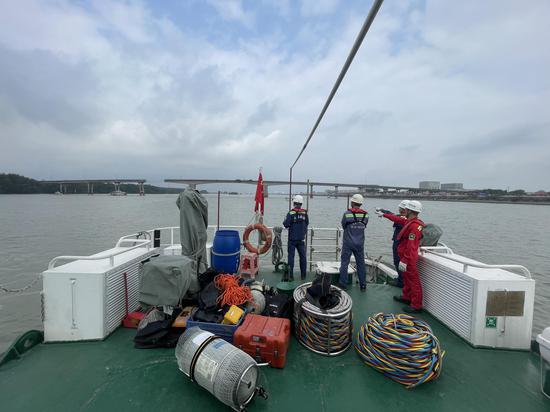



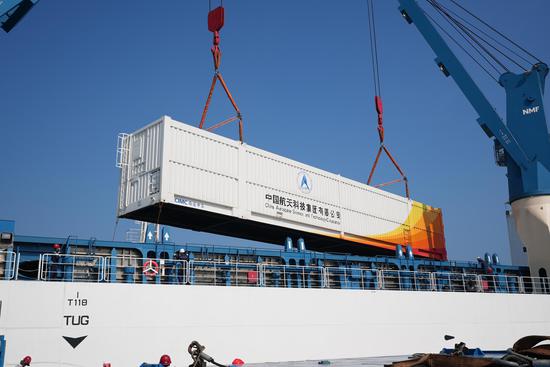
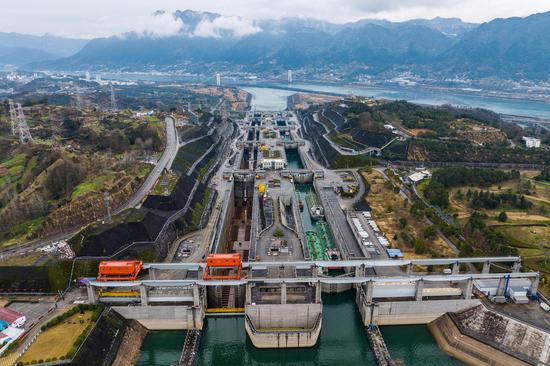











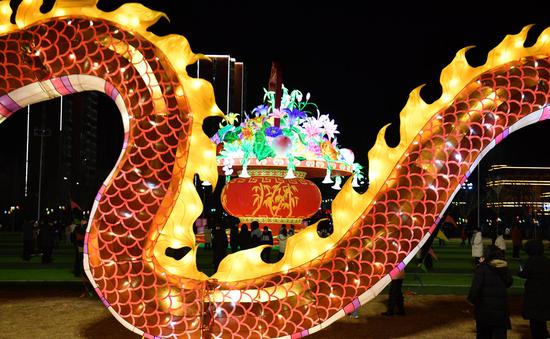









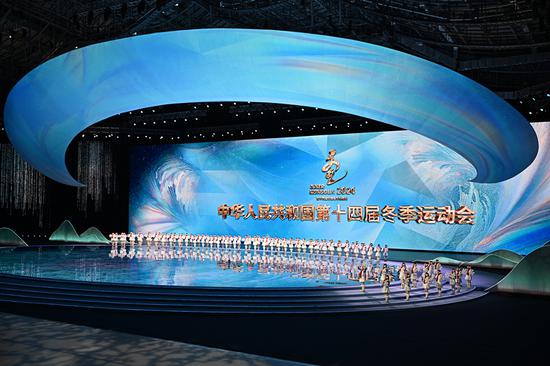



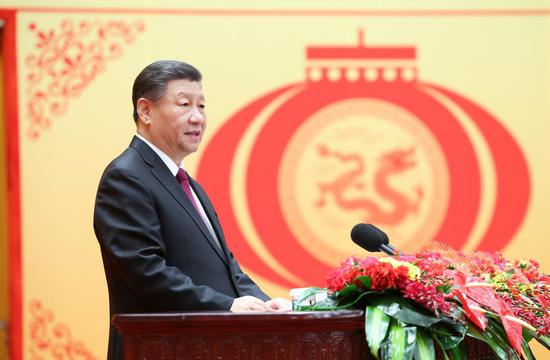

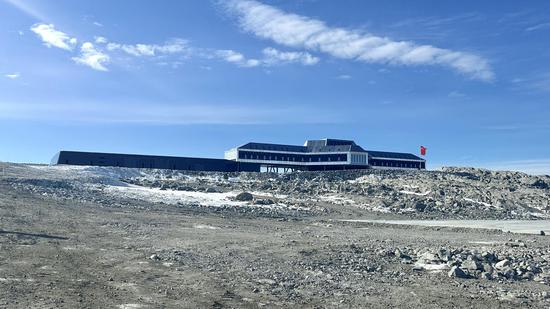






 京公网安备 11010202009201号
京公网安备 11010202009201号